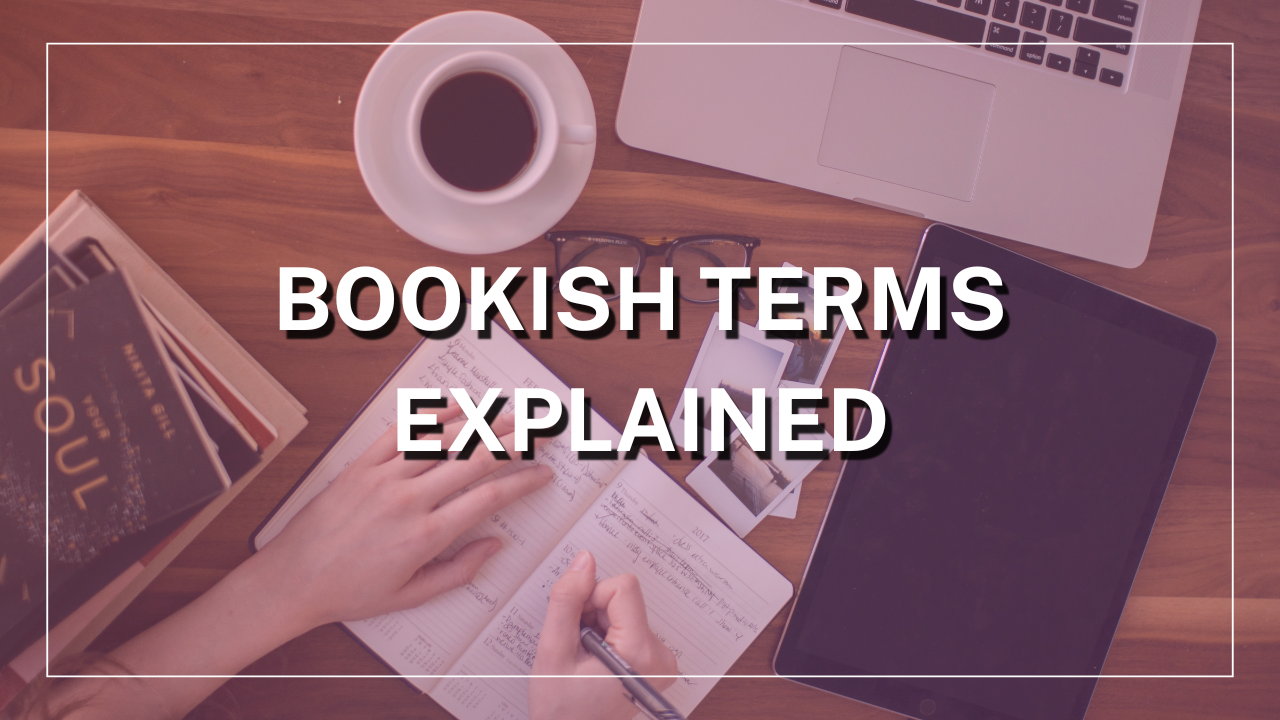Whether you’re writing a novel, memoir, guidebook, or business how-to, you’ve likely encountered terms like blurb, preface, or epilogue. But what do they really mean? Do you need all of them? And how are they different from one another?
This blog breaks down ten essential bookish terms—explaining their purpose, relevance for fiction and non-fiction, ideal length, and when you can safely skip them.
1. Foreword
Definition: A foreword is written by someone other than the author, typically someone with expertise, reputation, or a personal connection to the topic. It serves as an endorsement or adds context. Common in: Non-fiction, memoirs, anthologies, or debut works. Why it’s useful: It builds credibility and lends weight to your book, especially if the foreword is written by a notable person in the field. Ideal length: 300–600 words Skip if: You don’t have someone with authority to add value, or if you’re self-publishing fiction.
️ 2. Preface
Definition: A preface is written by the author and explains the origin, intention, or writing journey of the book. Common in: Non-fiction, memoirs, academic works; occasionally in fiction with strong personal backstory. Why it’s useful: It helps readers understand the motivation behind the book. In memoirs, it can also clarify scope or gaps. Ideal length: 300–800 words Skip if: The backstory isn’t essential for the reader’s experience or your message is already woven into the introduction.
3. Introduction
Definition: The introduction sets the tone for the content that follows. It introduces the topic, structure, and main themes of the book. Common in: Non-fiction, especially instructional, historical, or research-based books. Why it’s useful: It helps readers orient themselves and know what to expect. It can also hook them with a powerful insight or story. Ideal length: 500–1,200 words Skip if: You’re writing fiction or a very straightforward how-to book that speaks for itself.
4. Acknowledgement
Definition: A short section where authors thank those who supported them, personally or professionally, during the writing or publishing process. Common in: All genres Why it’s useful: It reflects humility and gratitude and acknowledges the invisible team behind your book. Ideal length: 100–500 words Skip if: Honestly? Don’t. Even a few lines make a difference.
5. Prologue
Definition: A prologue is a preliminary section of a story that comes before the main narrative. It may introduce a different timeline, a backstory, or a mystery. Common in: Fiction, especially fantasy, thriller, mystery, or historical genres. Why it’s useful: It teases the reader, builds tension, or provides context that enriches the main plot. Ideal length: 500–1,500 words Skip if: You can integrate the information into the story naturally or it feels like filler.
6. Epilogue
Definition: A section that follows the end of the story and gives readers closure, revealing what happens after the climax or resolving loose threads. Common in: Fiction Why it’s useful: It allows a glimpse into the character’s future or ties up subplots without dragging the main ending. Ideal length: 300–800 words Skip if: Your final chapter lands a clean, satisfying finish.
7. Blurb
Definition: The brief, enticing description usually found on the back cover or book’s online listing. Common in: All published books Why it’s useful: It’s your #1 marketing hook. Readers use it to decide if your book is worth buying. Ideal length: 150–250 words Skip if: Never. Even if you’re pitching or querying, a blurb helps define your book clearly.
8. Synopsis
Definition: A concise summary of the plot, including the ending, used for publishing pitches, submissions, or planning. Common in: Querying traditional publishers or agents Why it’s useful: Editors and agents don’t have time to read full manuscripts upfront. A synopsis shows you can structure a coherent story. Ideal length: 500–1000 words (Check submission guidelines) Skip if: You’re self-publishing and not working with editors who request it.
9. Query Letter
Definition: A formal 1-page letter used to pitch your manuscript to agents or publishers. It includes your blurb, genre, word count, and author bio. Common in: Traditional publishing Why it’s useful: It’s your first impression; it determines whether your manuscript even gets opened. Ideal length: 250–350 words Skip if: You’re not planning to go the traditional route.
10. Style Sheet
Definition: An internal editorial document used to track spellings, character names, timelines, punctuation choices, and formatting rules for consistency. Common in: Professional editing—fiction and non-fiction alike. Why it’s useful: It ensures consistency across the manuscript and helps every editor or proofreader stay aligned. Ideal length: Varies; typically 2–4 pages Skip if: You’re just journaling or writing for fun, but never if you’re preparing for publication. Bonus: Buy “Mastering Writing Standards: A Handbook for Trade Book Creators” to create your own style guide
Understanding these bookish terms doesn’t just make you a more confident writer, it empowers you to collaborate with editors, agents, and publishers with clarity.
You don’t need all these elements in every book, but knowing what to include, and why, makes you a more intentional storyteller.

